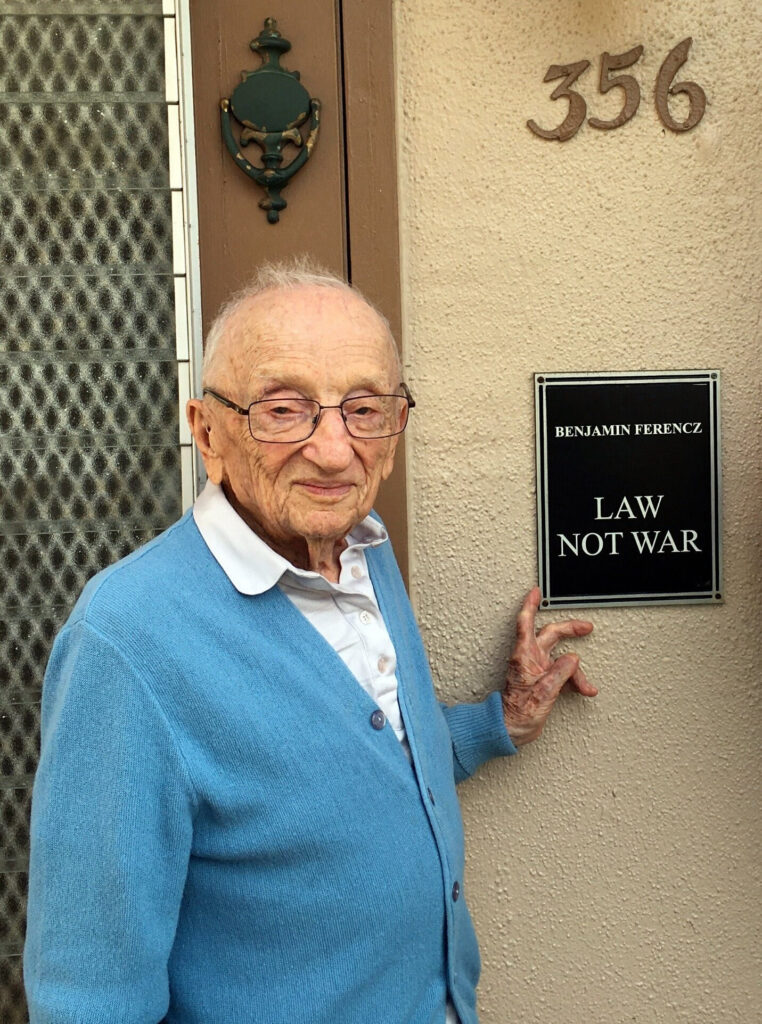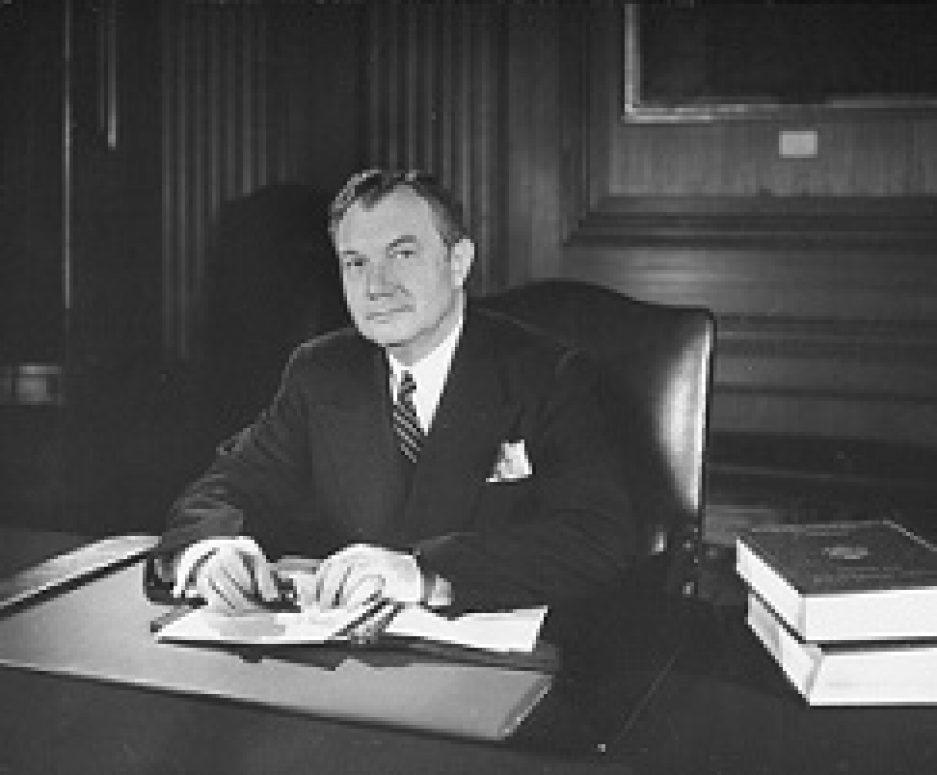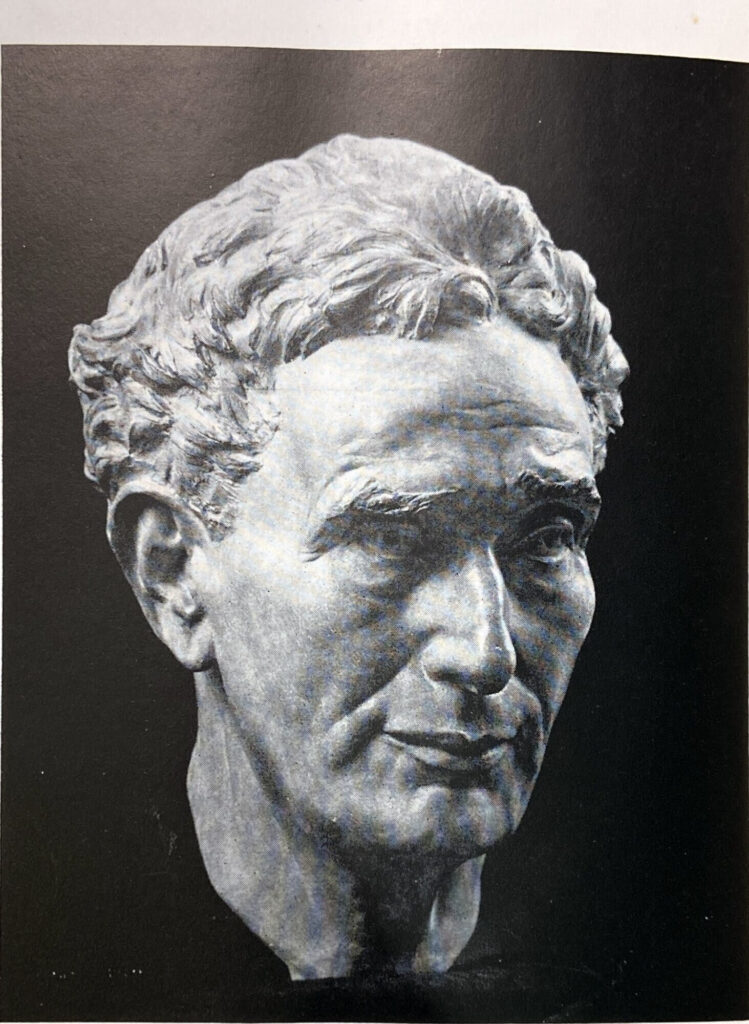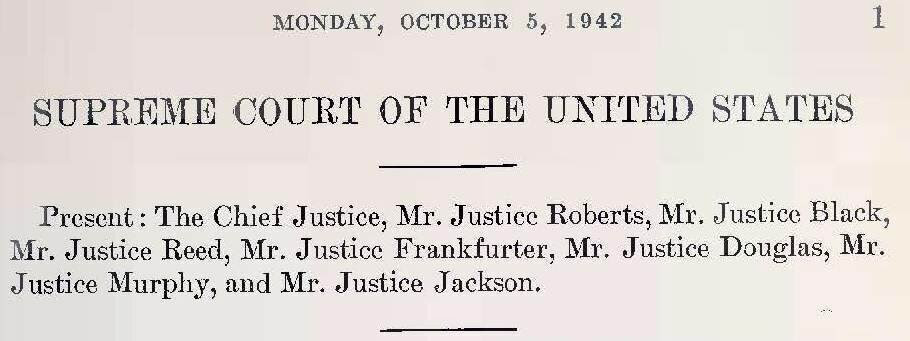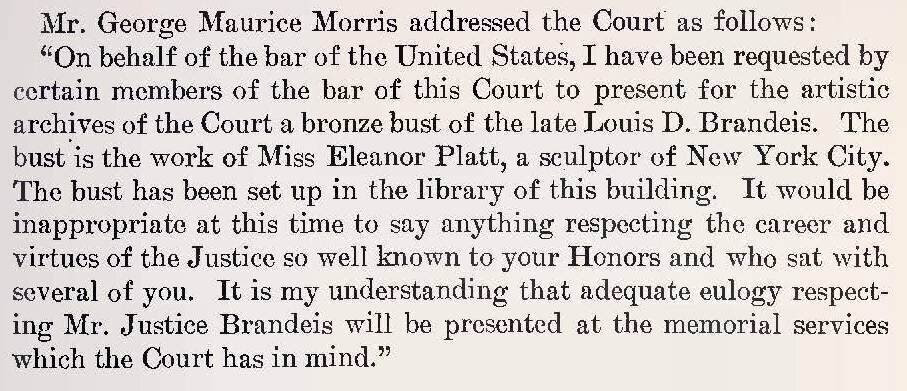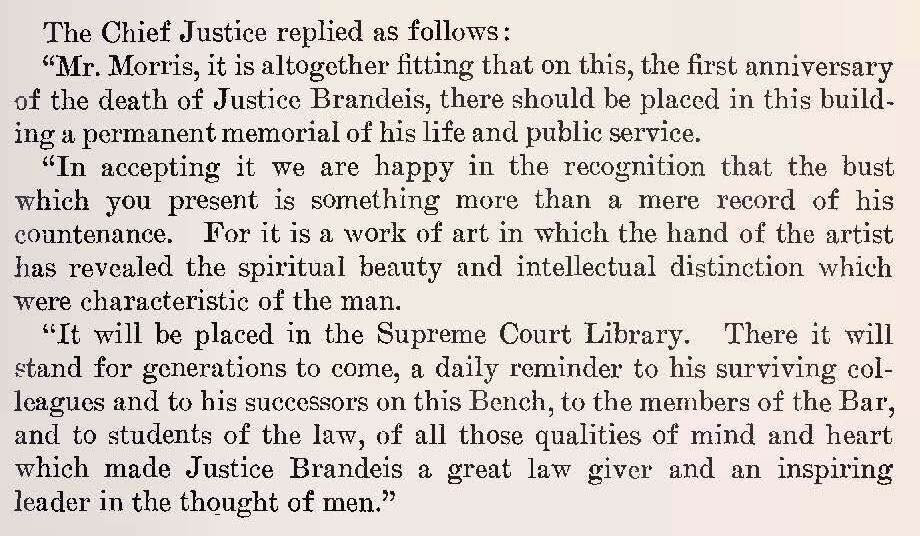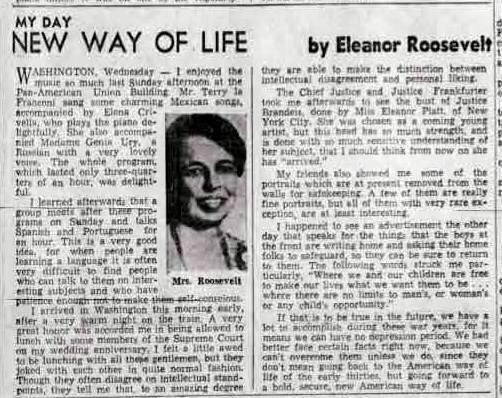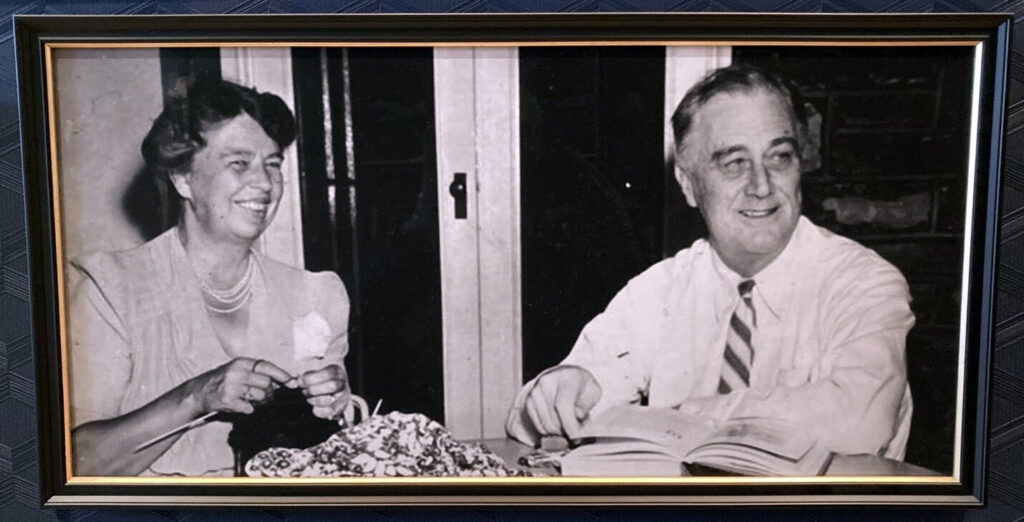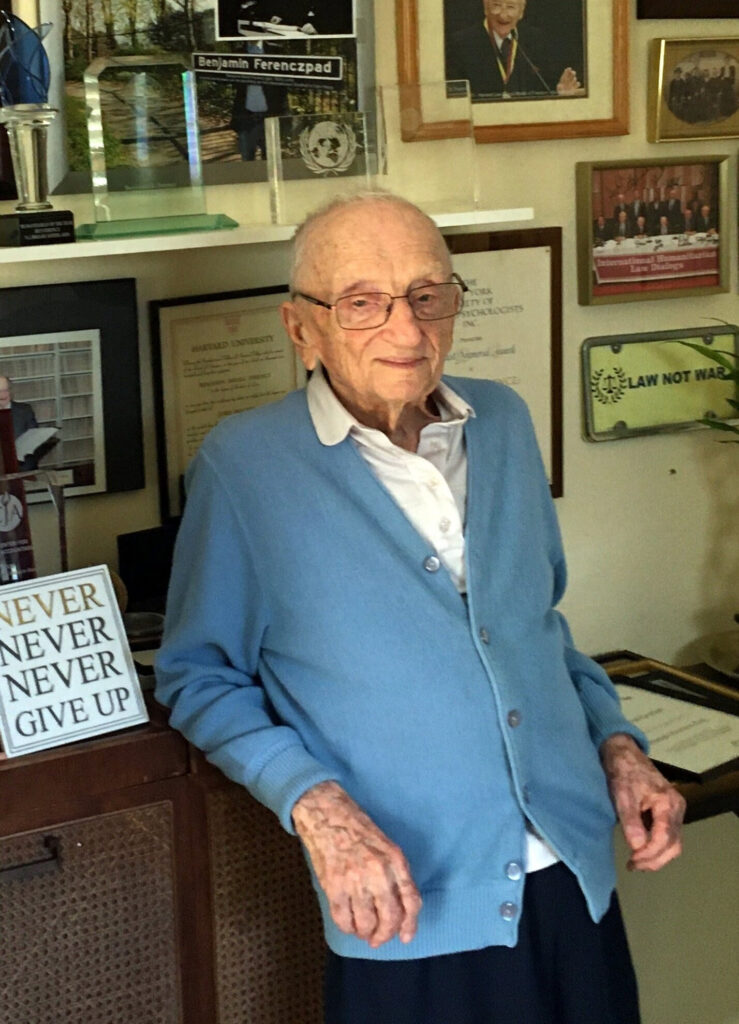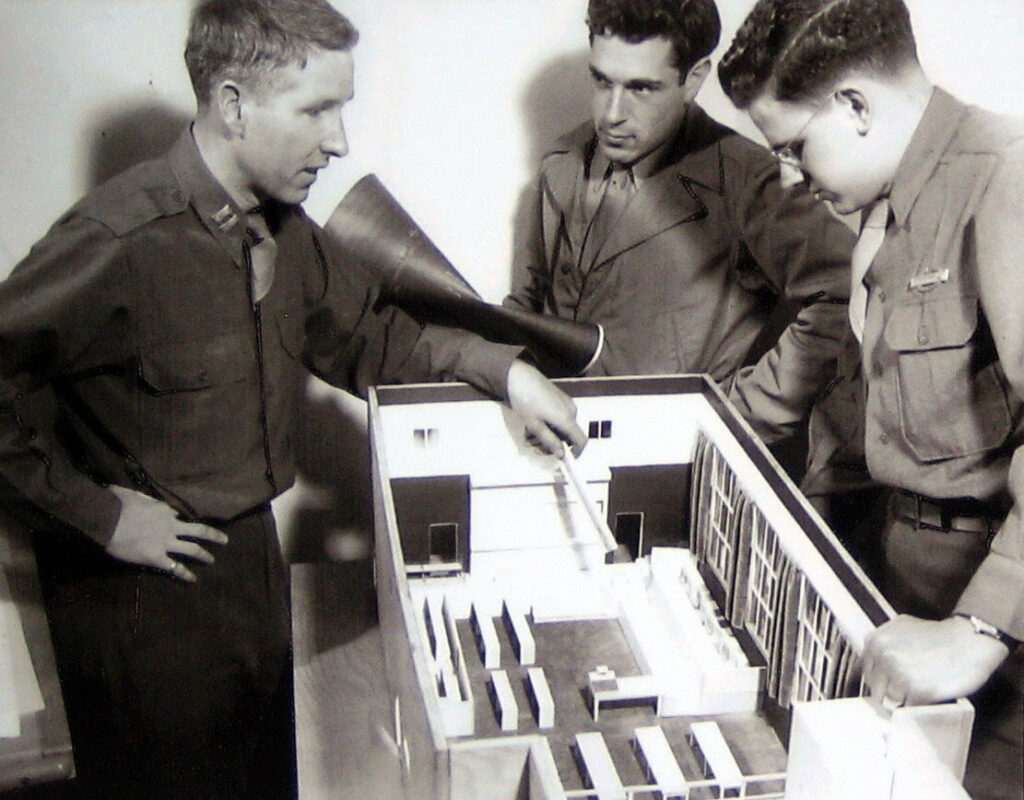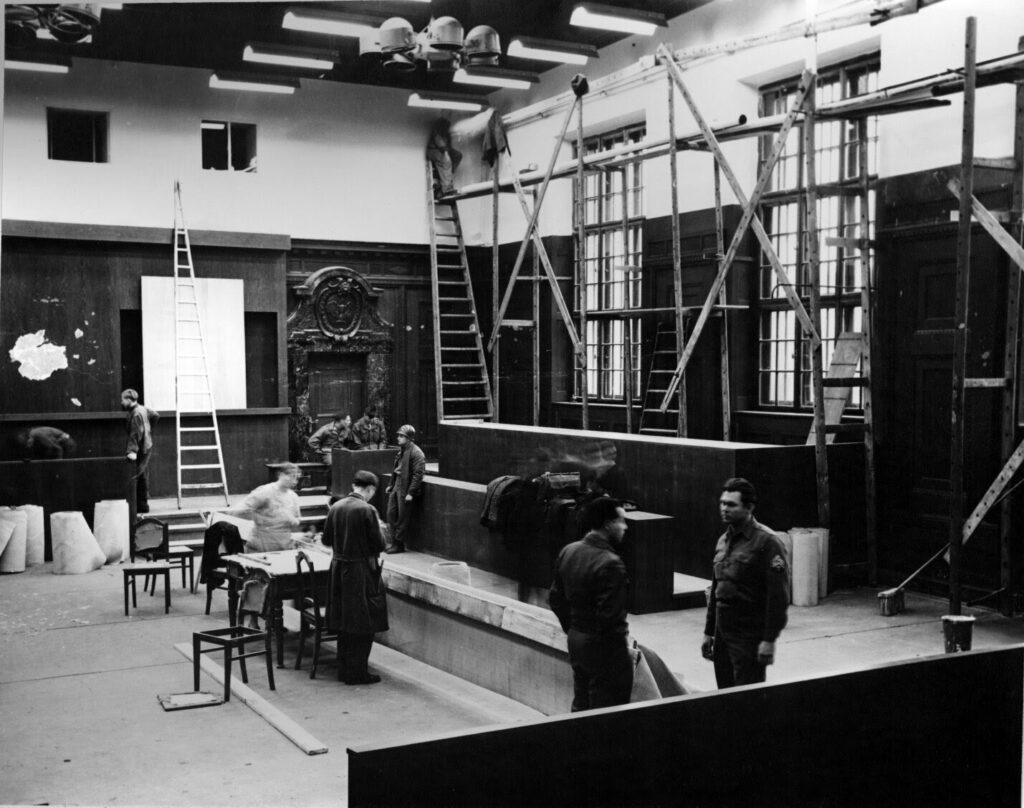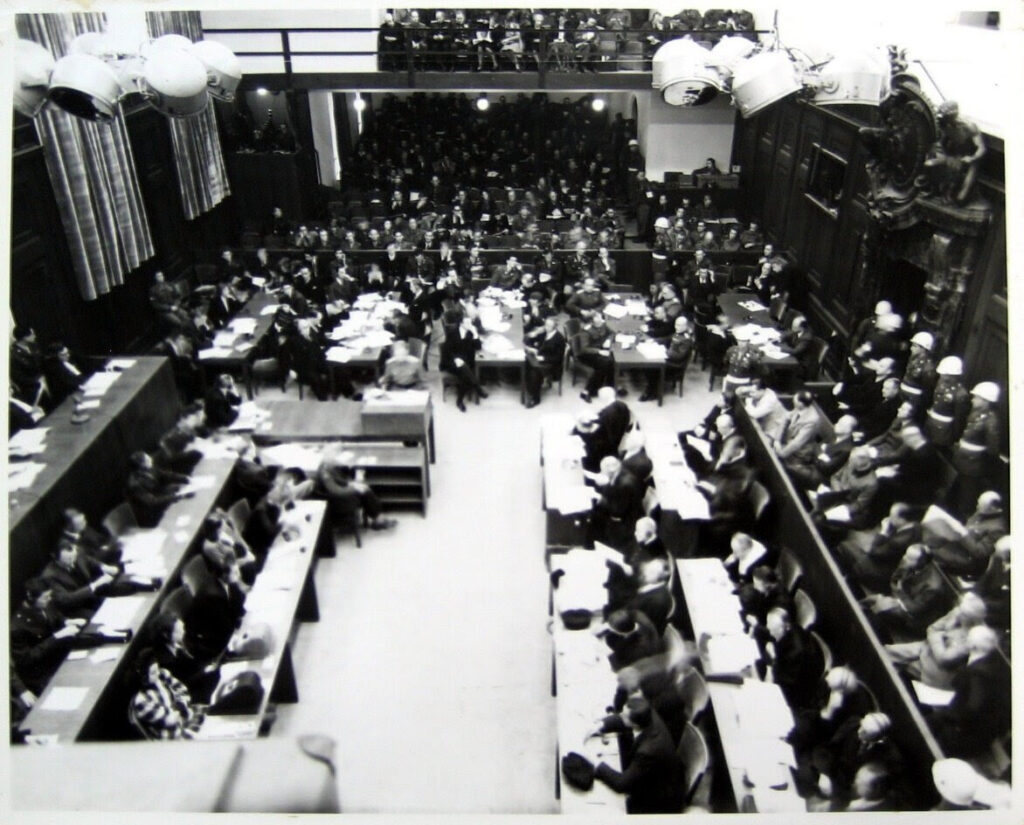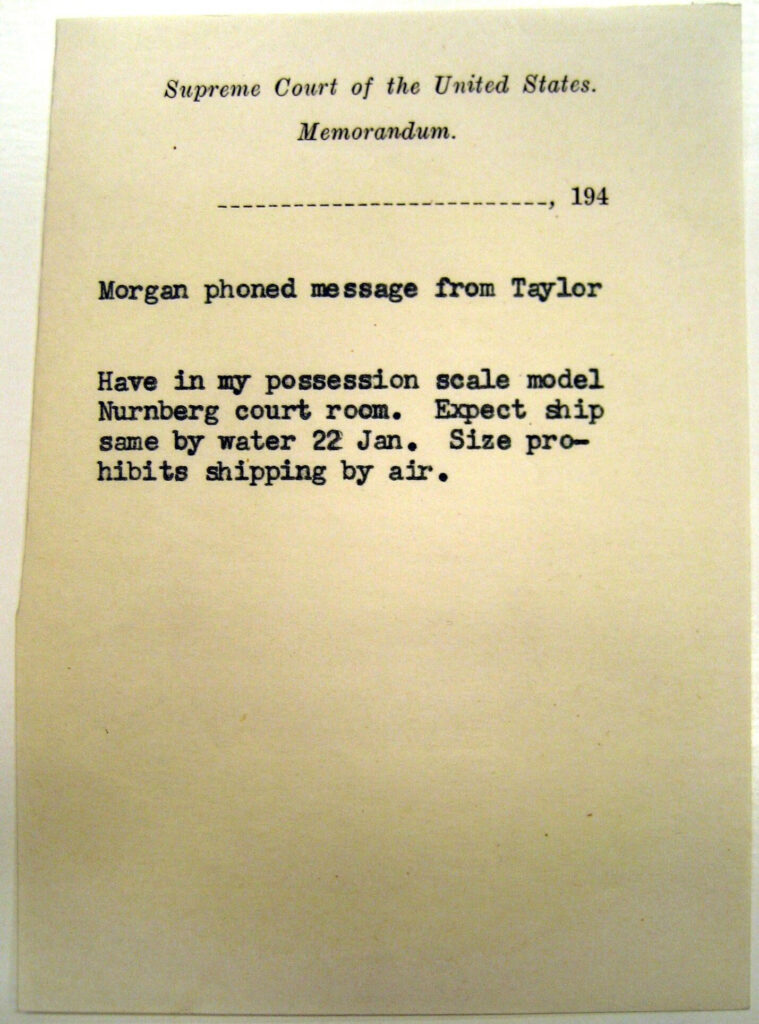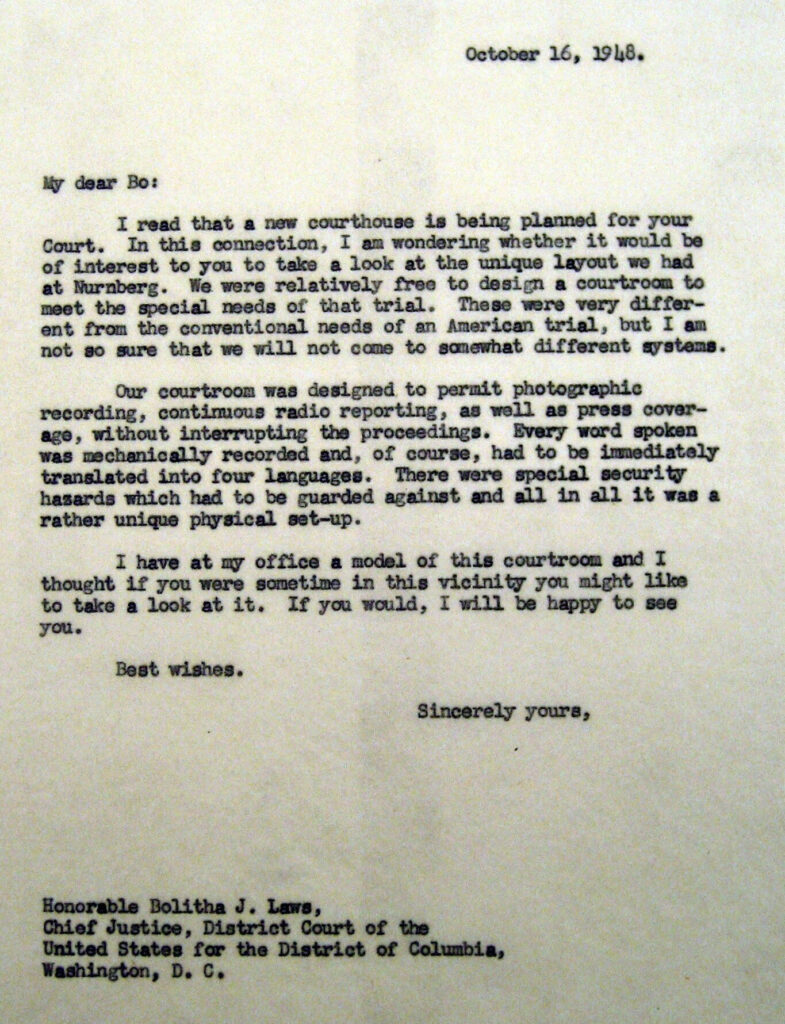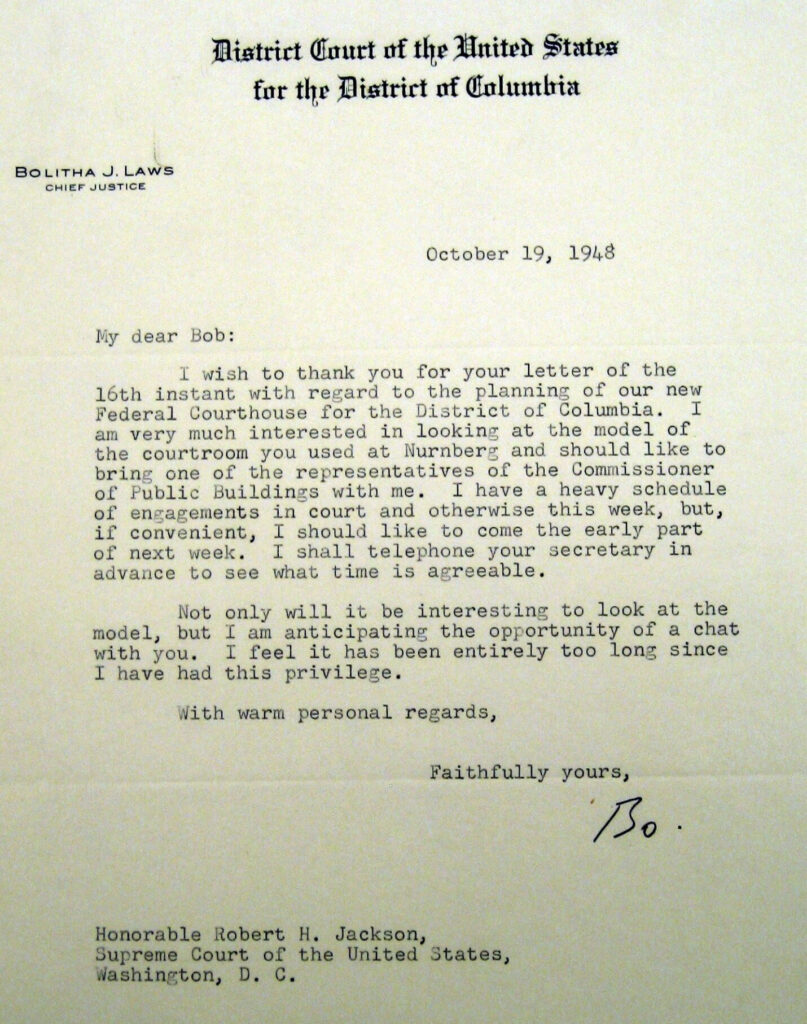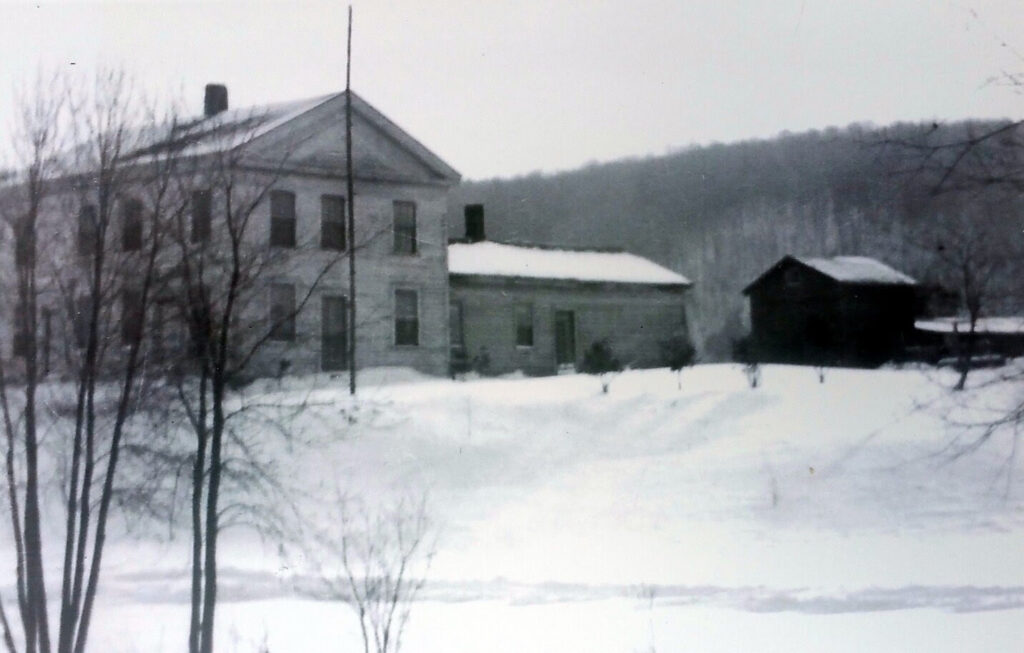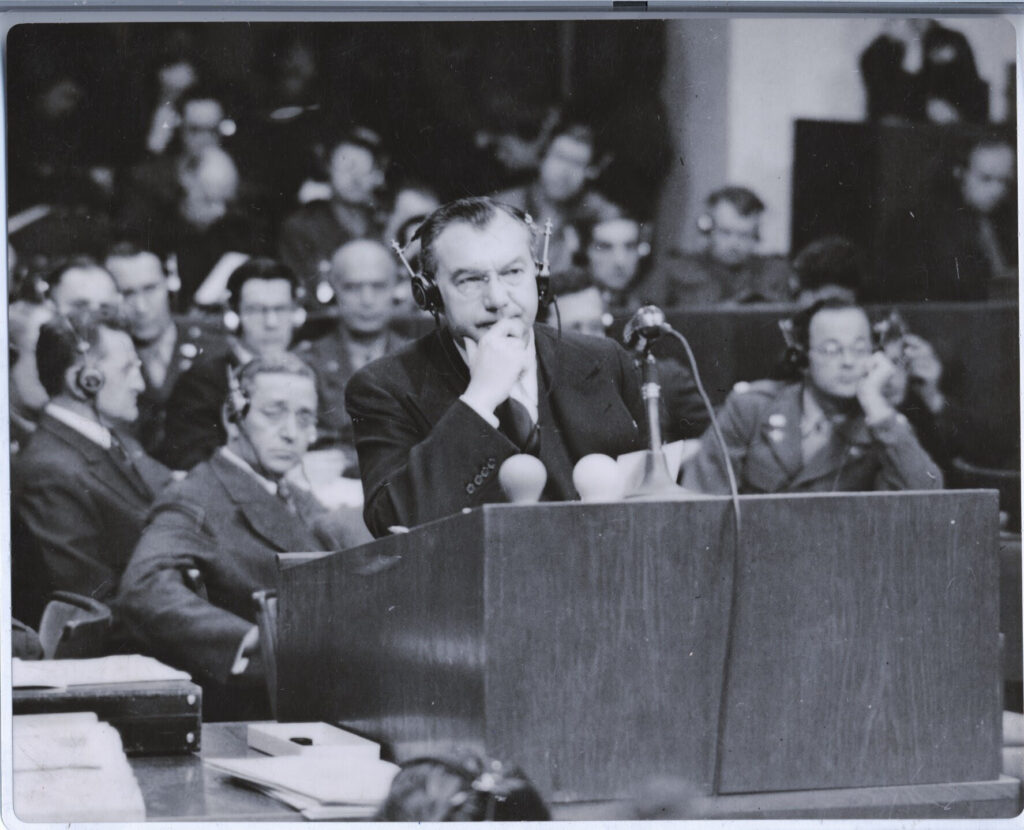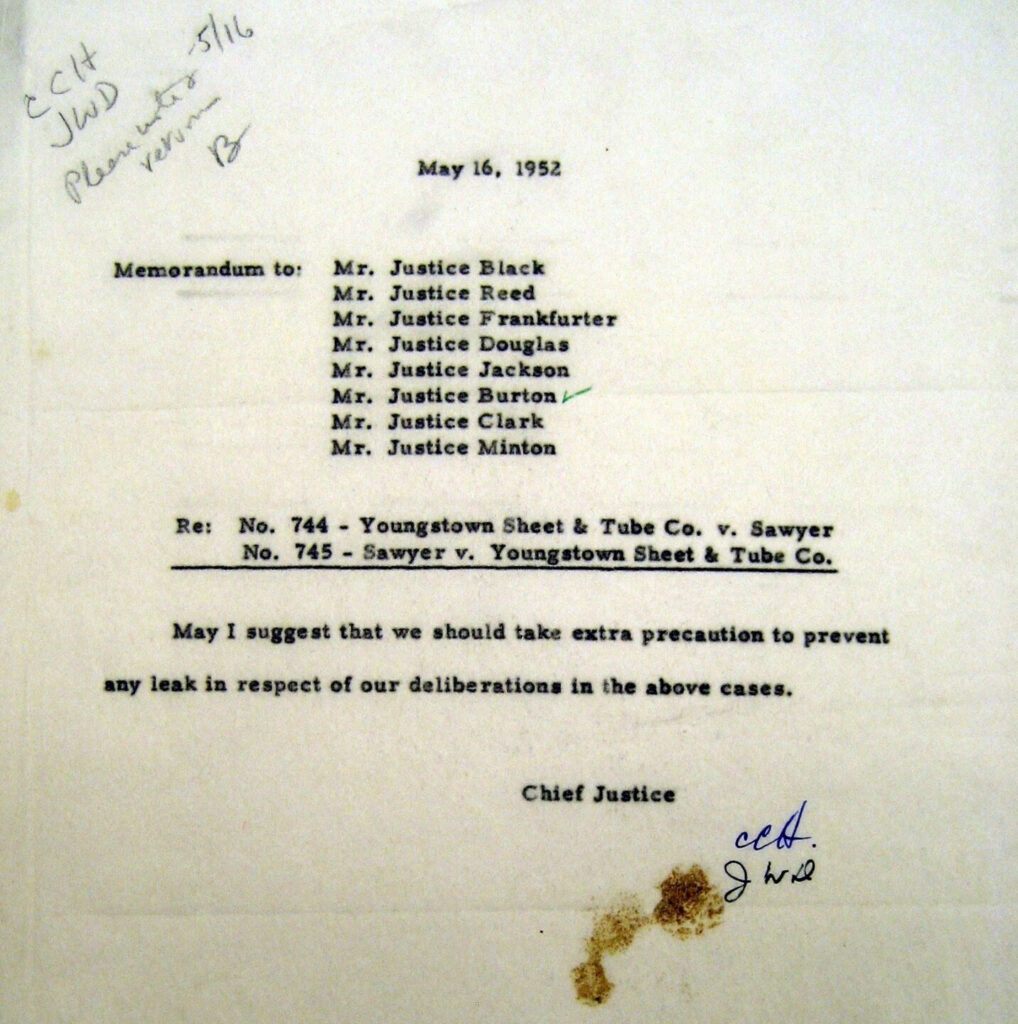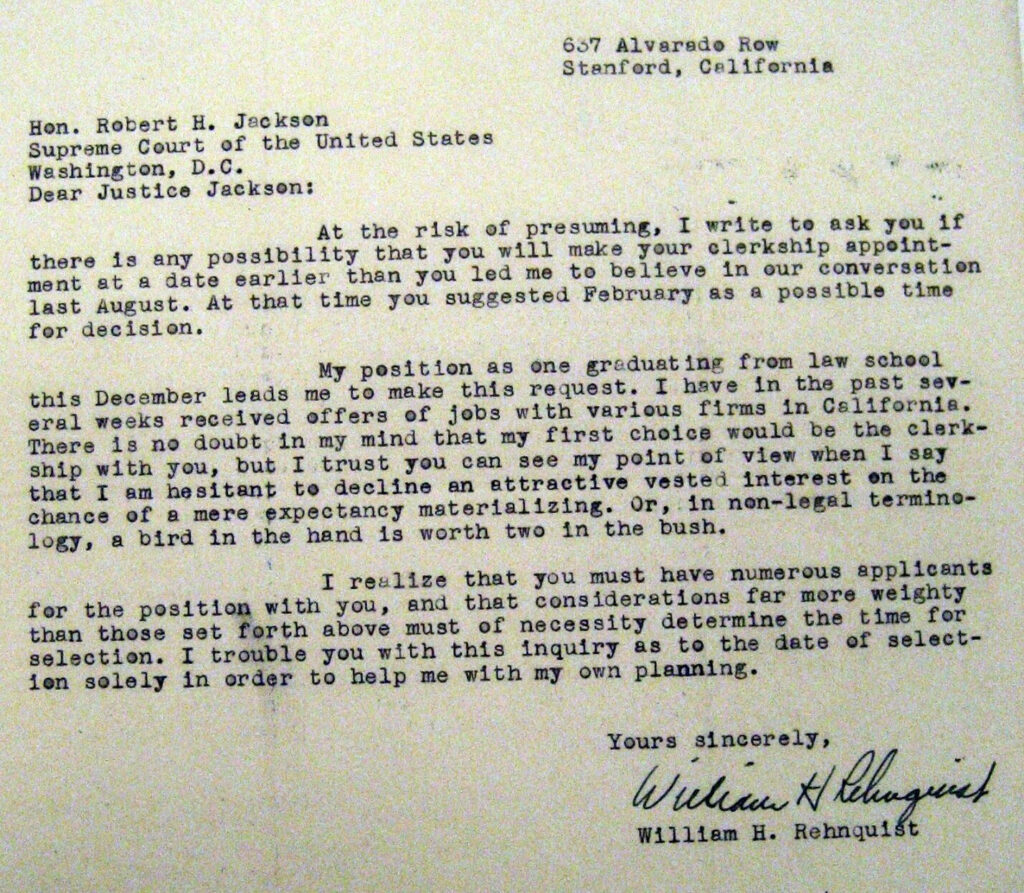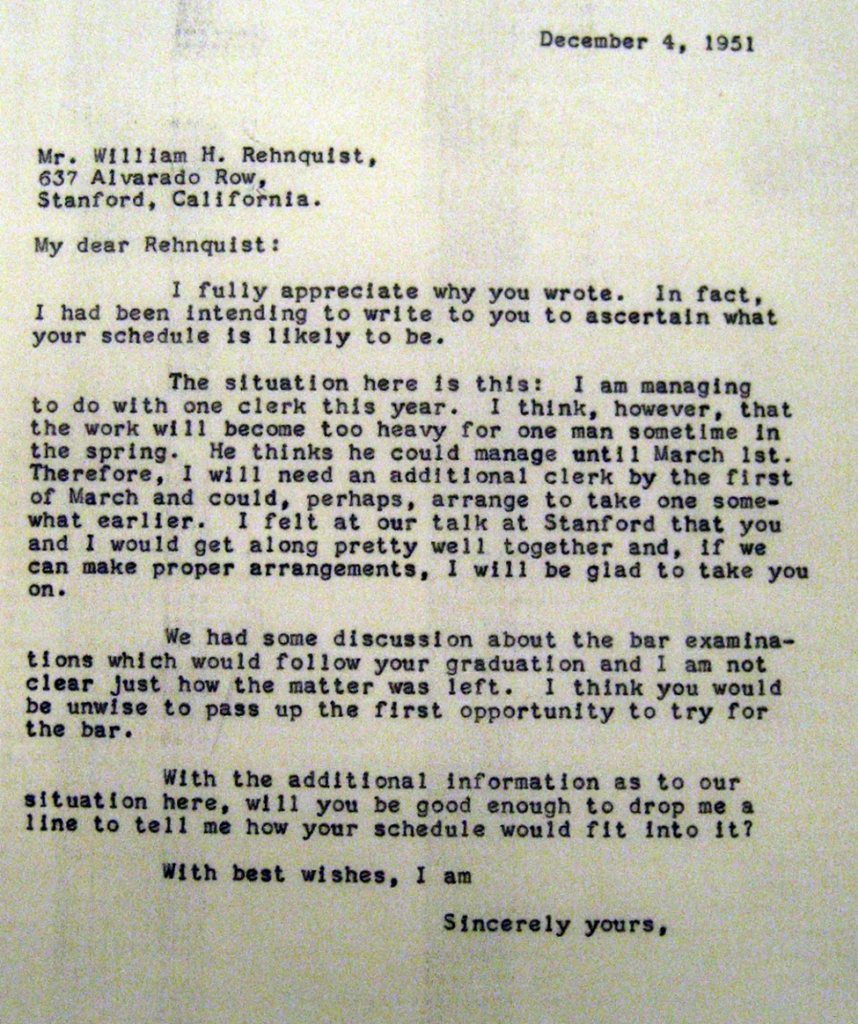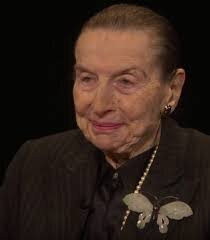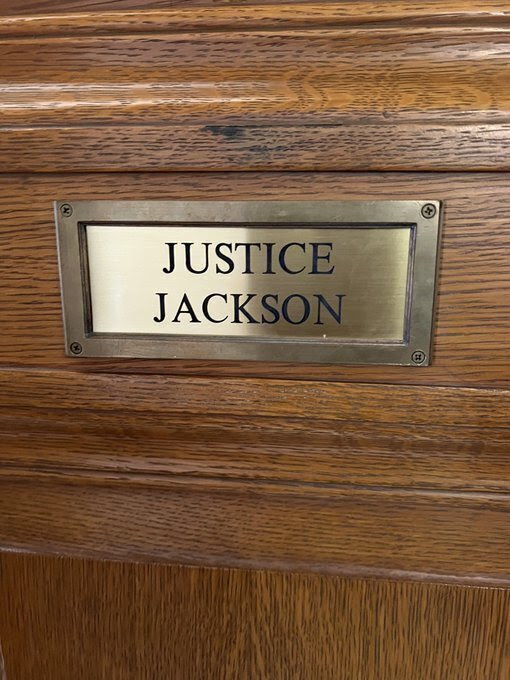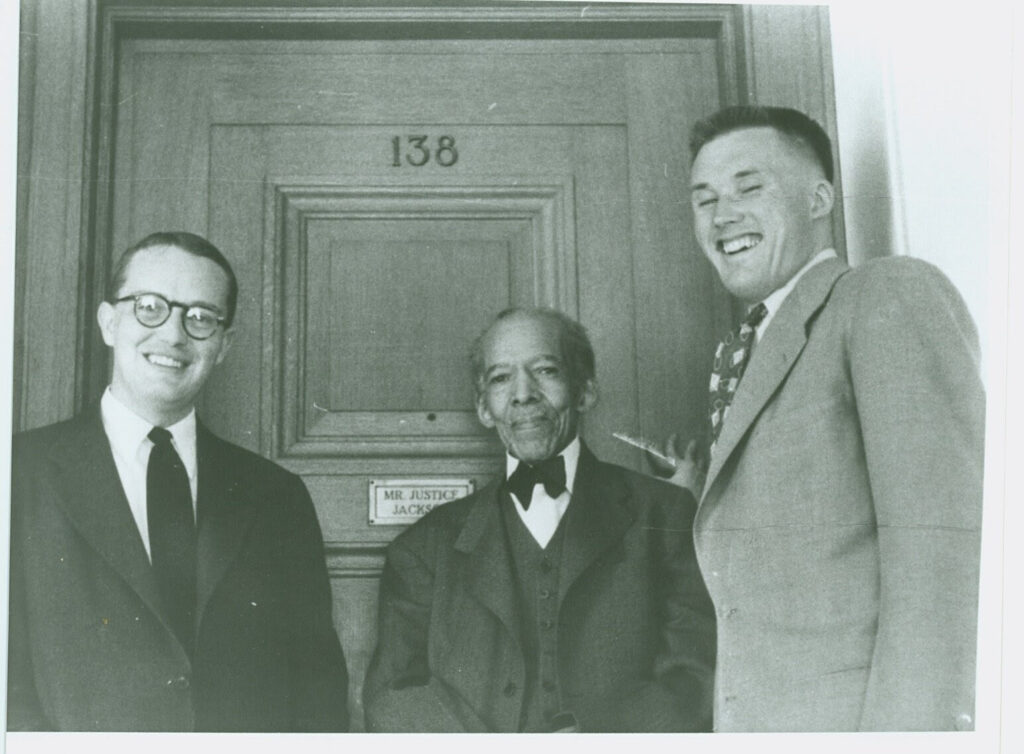I am deeply sad and truly sorry to report that Benjamin Ferencz died last evening, April 7, 2023, at his apartment in Boynton Beach, Florida. Ben officially was age 103—or, as he preferred to put it, he was 104, i.e., in his 104th year.
Berrel Ferencz was born around March 11, 1920 (there is no birth certificate), in Transylvania, then part of Romania. His parents brought him as a baby to the United States.
He became Benjamin. He grew up in New York City’s “Hell’s Kitchen.” He knew poverty, rampant crime, and suffering. He became, moving quickly, a public-school student, a college graduate, a Harvard Law School graduate, a World War II U.S. Army infantryman serving in combat in Europe, a soldier investigating German war crimes at atrocity sites, a liberator of Nazi concentration camp survivors, and a civilian prosecuting Nazi mass murder.
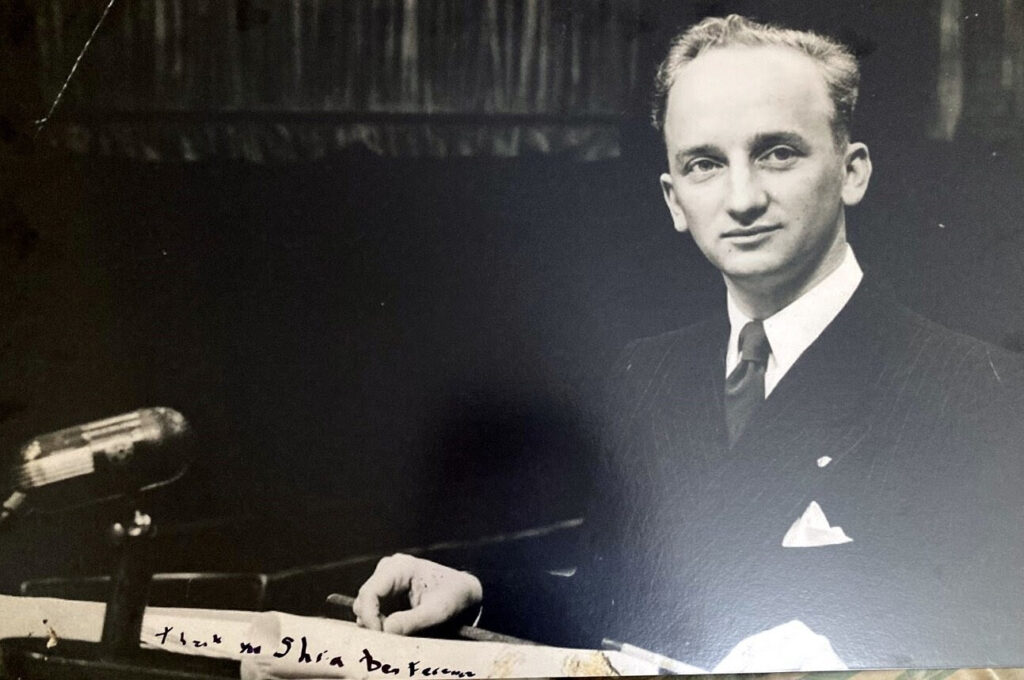
Beginning in Spring 1946, Ben Ferencz served as a prosecutor in Nuremberg, in the U.S. occupation zone of what had been Nazi Germany.
During 1947 and 1948, Ben was chief prosecutor of the Einsatzgruppen case (United States v. Otto Ohlendorf, et al.). It was his first case as a lawyer. He charged the defendants, leaders of Nazi killing operations in Eastern Europe, with crimes against humanity (“a systematic program of genocide”), war crimes, and membership in criminal Nazi organizations.
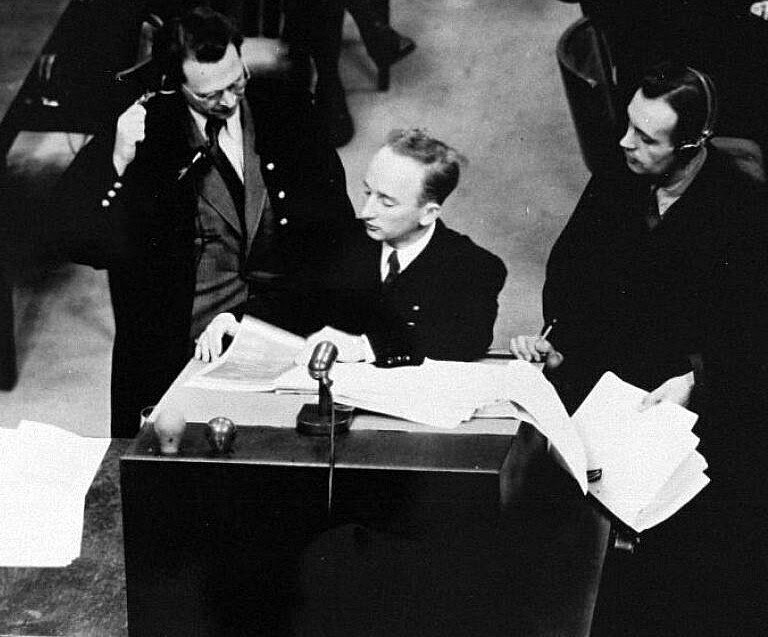
(For details, including a link to video of Ben’s opening statement at the Einsatzgruppen trial, click here.)
Ben’s cases against those defendants, built on the documents that they sent contemporaneously from “the field” to Berlin, were brief, horrifying, and irrefutable.
More than twenty Einsatzgruppen defendants were convicted of killing almost one million people. The Einsatzgruppen case was and is the biggest murder trial in human history.
Ben Ferencz returned to the United States in the 1950s.
For the rest of his life, Ben was a lawyer for Holocaust survivors, a law teacher, a writer, a lecturer around the world, a lobbyist for and a builder of international legal institutions, a force for world progress toward peace through law, and a moral exemplar to millions.
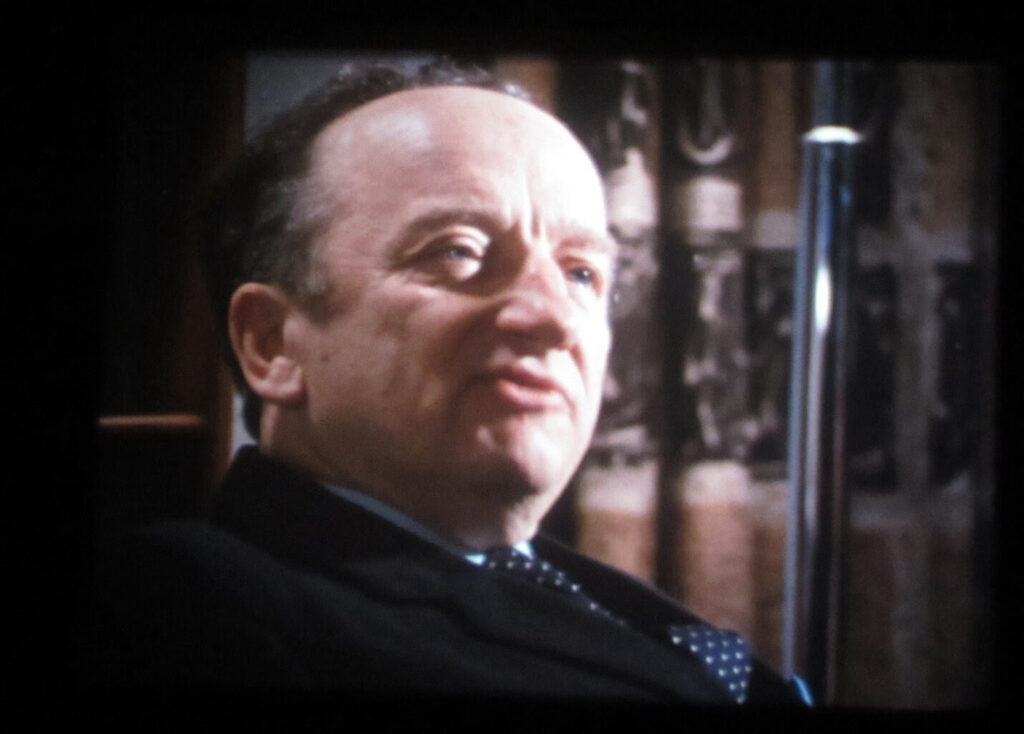
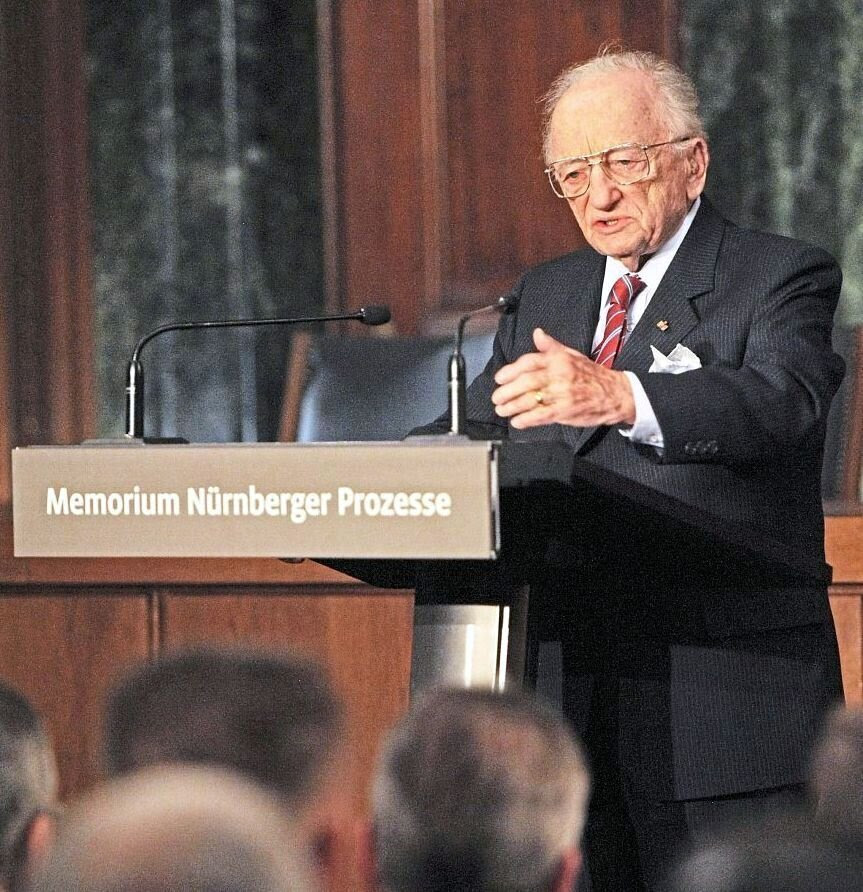
From the first time that I met Ben, in 1999, I knew that he would be the longest-living Nuremberg podium prosecutor.
I knew this because of the math—Ben had been so young (age 26, or close enough) at Nuremberg.
I knew this because Ben, though less than tall, was physically very strong—he did rigorous calisthenics every day, including standing on his head and lots of swimming.
I knew this because Ben was so driven—“Never give up” was his main message, and he lived it.
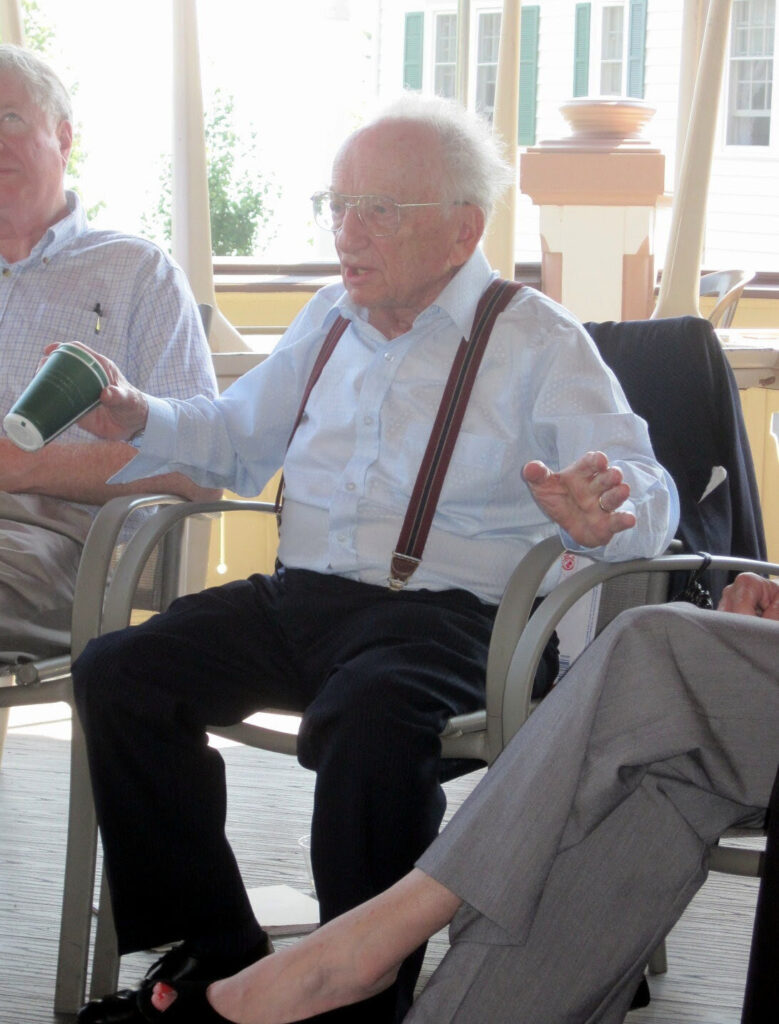
And I knew this because Ben told me explicitly that he would not die—”I’ve got no time to die,” he said. “Luckily, I’m immortal. I’ve got too much work to do.”
Alas, Ben turned out to be wrong about that one small thing.
But he was oh so right about everything that he stood for and worked to address, including the value of every human life, the supreme evil of war, and the need to build law to protect people from that man-made disaster.
I will always be grateful that Ben Ferencz was my teacher and my dear, generous friend. He was great to me, and to all, in every way.
And luckily Ben Ferencz—the memory; the example; the lessons—is permanent, because there is so much work to do.
So honor him by heeding his injunction: Keep working. Never give up!
